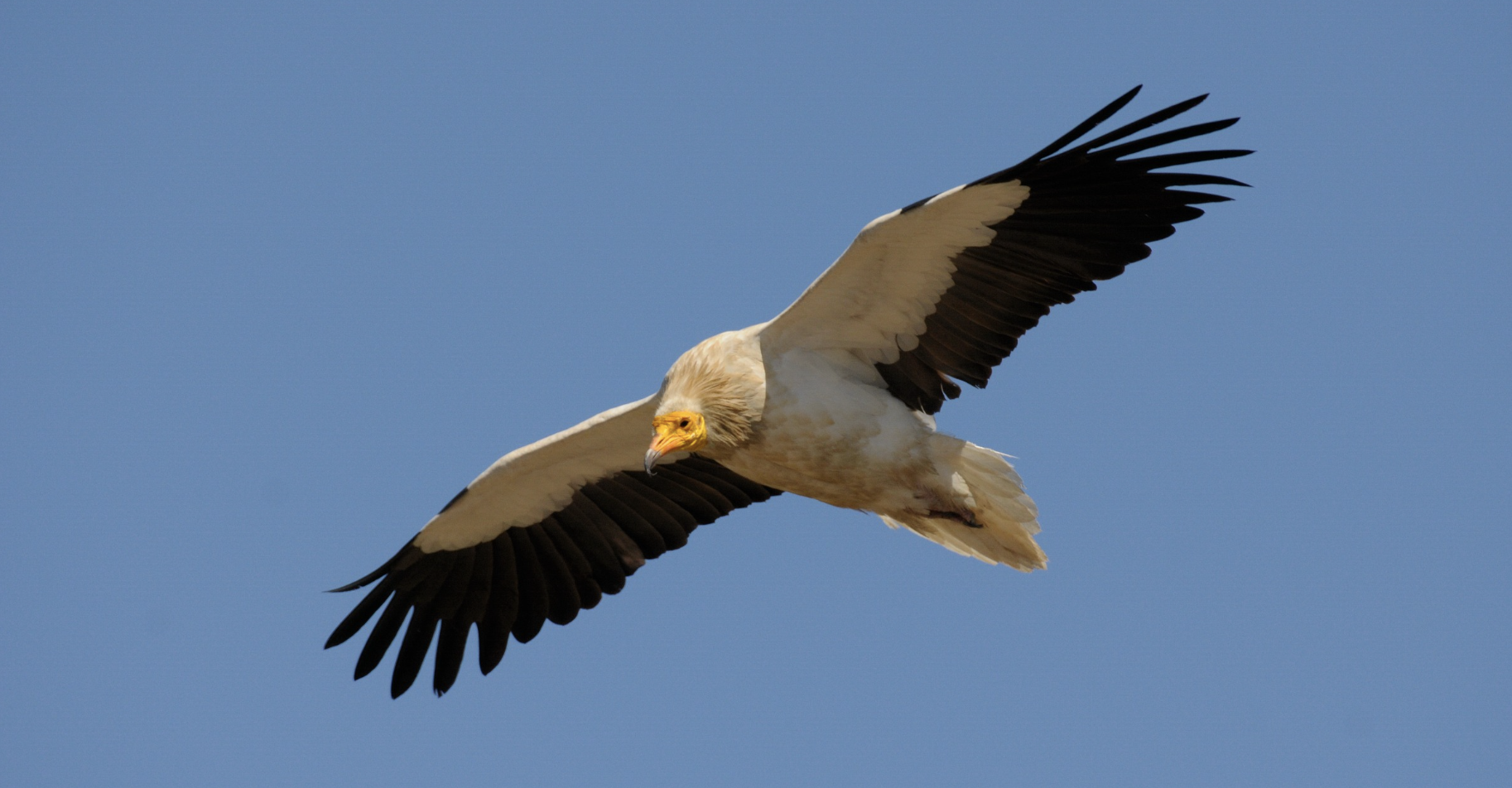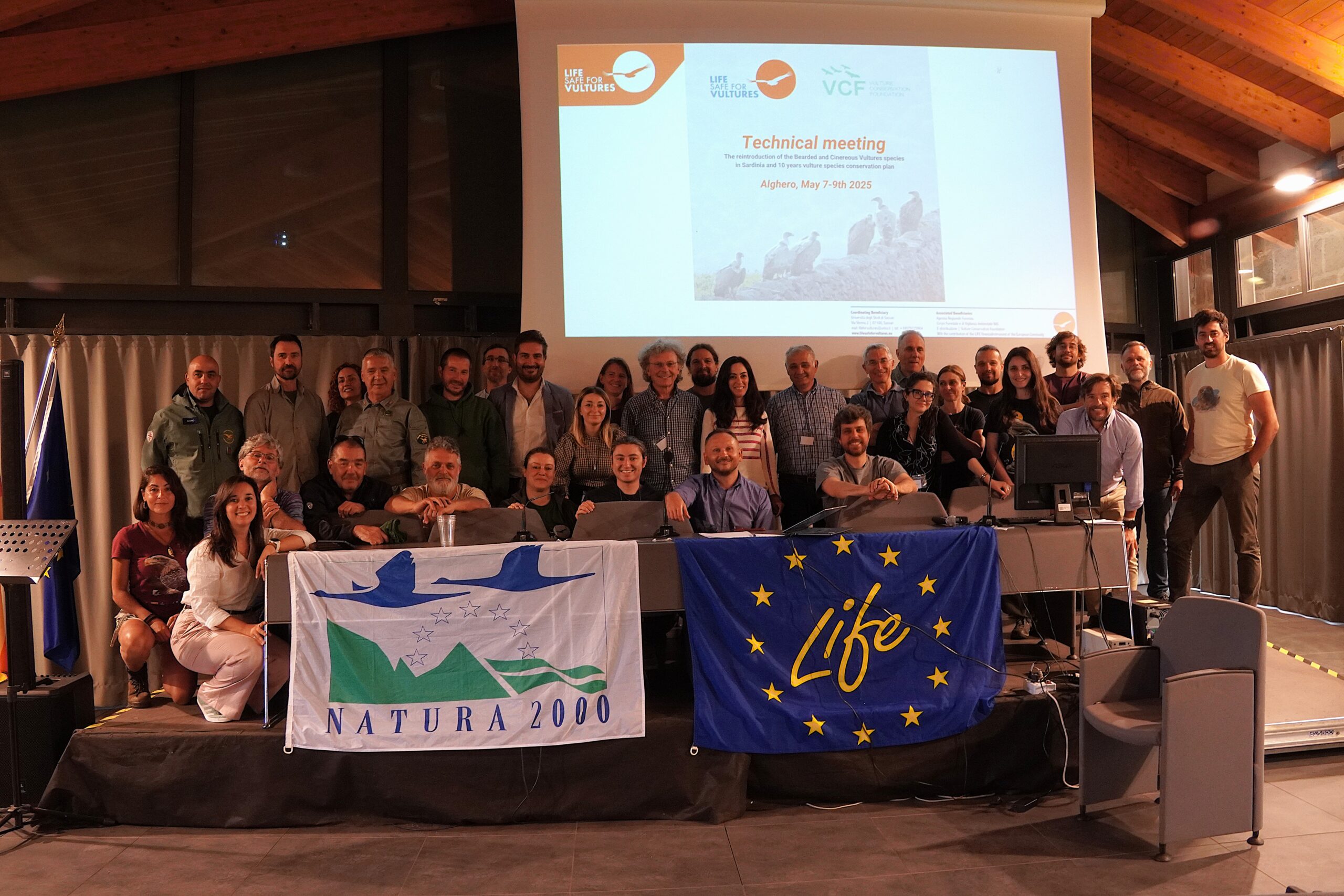As part of the LIFE RUPIS project, the VCF and its partners have been catching and tagging some adult Egyptian vultures – so far, 4 birds have been tagged, the first bird, called RUPIS, a 4th year captured and tagged last year, is not breeding and is roaming the area widely. The second bird, names Poiares, was found weakened and was released after rehabilitation, only 2 weeks ago. Then two birds caught two weeks ago.
Tagging of adults allows us to follow their detailed foraging behavior and identify key areas for feeding, but also potential threats within their core range area (powerlines, etc).
As part of the LIFE RUPIS project, a small training event was organized recently at the CERVAS wildlife rehabilitation centre (Gouveia). Taking advantage of the presence of Lubomir Peske, an expert working for the VCF and that has been helping capture and tag the birds, staff from SPEA, ATN and Palombar received some training on the techniques to put a GPS tag on a bird of prey, using some unreleasable, permanently wounded birds of prey in that center.
Tagging birds is a very useful research and conservation tool, but it can also be detrimental to the birds if the tags are not properly put – unfortunately there have been several cases where individuals did not survive due to inadequate or misplaced tags.
It is therefore extremely important that experts with a lot of experience are involved – and that all the tagging is done under permits from the statutory agencies that regulate this – in this case the ICNF in Portugal.
The LIFE RUPIS project aims to implement actions to strengthen the populations of the Egyptian vulture (and the bonelli´s eagle) at the trans-border Douro, by reducing the mortality of these birds and increasing their breeding success. The Egyptian vulture is the smallest vulture in Europe, and it is classified as “Endangered” – in Europe its populations have declined by 50% over the last 40 years.
The project includes equipping electric lines against electrocution, several actions that aim to minimize the threat of illegal poisoning, targeted management of over 1,000 hectares of important habitats for the species and also the creation of a network of supplementary feeding stations.
The project is implemented by the VCF and partners, including SPEA (BirdLife in Portugal), ATN and Palombar (regional conservation organisations in NE Portugal), the Junta de Castilla y Leon & the Fundación Patrimonio Natural de Castilla Y León, the Portuguese electricity distributor EDP-D, the Portuguese statutory conservation agency ICNF and the Portuguese environmental police force (GNR), and is co-funded by the MAVA Foundation.
The VCF would like to thank CERVAS for making available its facilities and also their birds.
Photos: ATN


